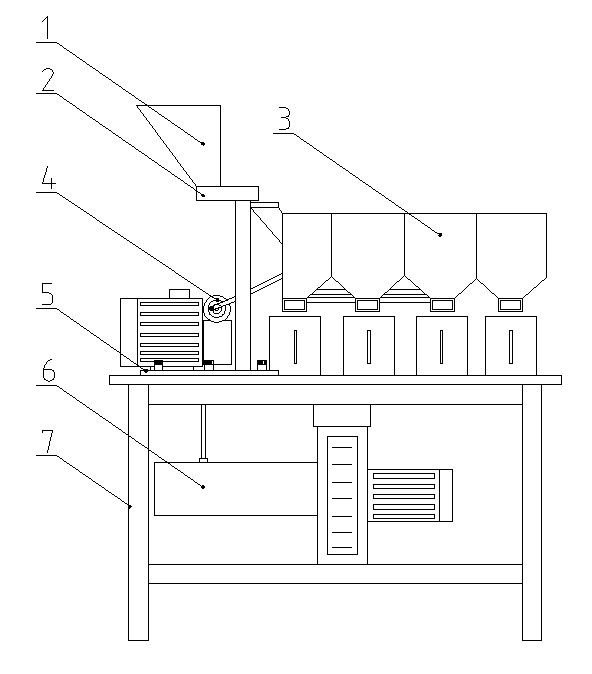The main insect Red Spider: To keep the soil moist, promptly remove weeds and litter to reduce the source of insects. Chemical control can be used 1.8% avicinol EC 1000 times, or 40% chrysanthemum 2000 to 3000 times, or 73% EC 1200 times, or 50% sulfur 200 to 300 times, or 40 % Dimethoate EC 1000 times spray. Locust: It is advisable to take the drug early and control it to the stage of spotting. Chemicals can be used to control 2.5% deltamethrin EC 2000~3000 times, or 50% anti-influx 2000 times, or 40% chrysanthemum EC 2000~3000 times, or 20% rifampin 2500 times spray. Whitefly: The hazard is the appearance of many greenish yellow spots on the leaves of eggplants, and there are black spots on the back of the leaves, which are even connected together, seriously affecting the photosynthesis of the leaves. Insect nets, silver-gray mulches and yellow boards can be added. Whitefly has a negative tropism towards silver grey, so silver-gray mulch can effectively repel whitefly. Whitefly has occurred, can use the whitefly to yellow yellow tactics trapping. Chemical control can use green vegetables Po, Suining each one 15 kg of water spray. Plant growth conditioners such as Fengshui No.1 and Yunda 120 can also be sprayed to alleviate the adverse effects caused by insect pests. Liriomyza sativae: adult females feed and spawn on plant leaves, and larvae invade the leaves and petioles, resulting in serpentine white worms. The chlorophyll is destroyed, affecting photosynthesis, and the heavy leaves of the victims fall off. During the prevention and treatment period, when there are 3 larvae on the leaves, the larvae are controlled until the second instar of the larvae, and when the dew is dry at 8 to 11 hours, the larvae start to move to the foliage or the old mature larvae start to spray 25% spot when drilling out of the worm. Net emulsion of 1500 times liquid, or 5% Sodium Chloride 2000 times, or 36% of cicada oil 1000 to 1500 times, or 5% stuck gem EC 2000 times. In addition, biological control methods can also be used. The parasitoids such as E. japonicus were parasitized on L. sativae with a high control rate.
The 5XZ-L laboratory Gravity Separator is used for separating seeds by specific gravity difference. It effectively separates granule with heavy specific gravity ( as gravel, soil particles), and granule with light specific gravity (as mildewed seeds, seeds damaged by worms).
Working principle:
The lab gravity separator sieve bed is triangular shape. On the sieve bed, there are more aluminum punching holes under the hopper area. This design will help raw material stratification.
By the effect of the sieve bed vibration and air blowing from bottom, the raw material is well separated to different ranks. The material discharge outlets are at one side. Outlets are for light impurity, mixing material, good seeds. There are flexible plates on outlets end. These plates can be adjusted to divide area then getting desired sorting effect.
Feature:
Laboratory Gravity Separator's sorting base on grain
density difference. The gravity separator table is triangular structure. The gravity separator table vertical angle, horizontal angle, vibration frequency,
bottom air blower volume are all adjustable. This can meet different dimension
/density seed sorting requirements. By
using the gravity separator, you will seeds density distribution of this batch
of seeds. It is an important seeds studying equipment.
Laboratory gravity separator construction:

1. Feeding hopper
2. Electromagnetism vibration feeder
3. Gravity separator table
4. Driving rotation system
5. Control cabinet
6. Bottom fan
7. Machine frame
Name
Laboratory
seed gravity separator
Model
5XZ-L
Capacity
50 kg/h
Air
blower power
0.37 kw
Vibrating
power
0.13 kw
Vibration
frequency
0-600
times/min
Table
board inclination
0-3°
Dimension
1000×700×1440
mm

Lab Gravity Separator,Laboratory Wheat Mini Destoner,Small Capacity Destoner Machine,Laboratory Gravity Separator
SHIJIAZHUANG SYNMEC INTERNATIONAL TRADING LIMITED , https://www.seedgraincleaner.com